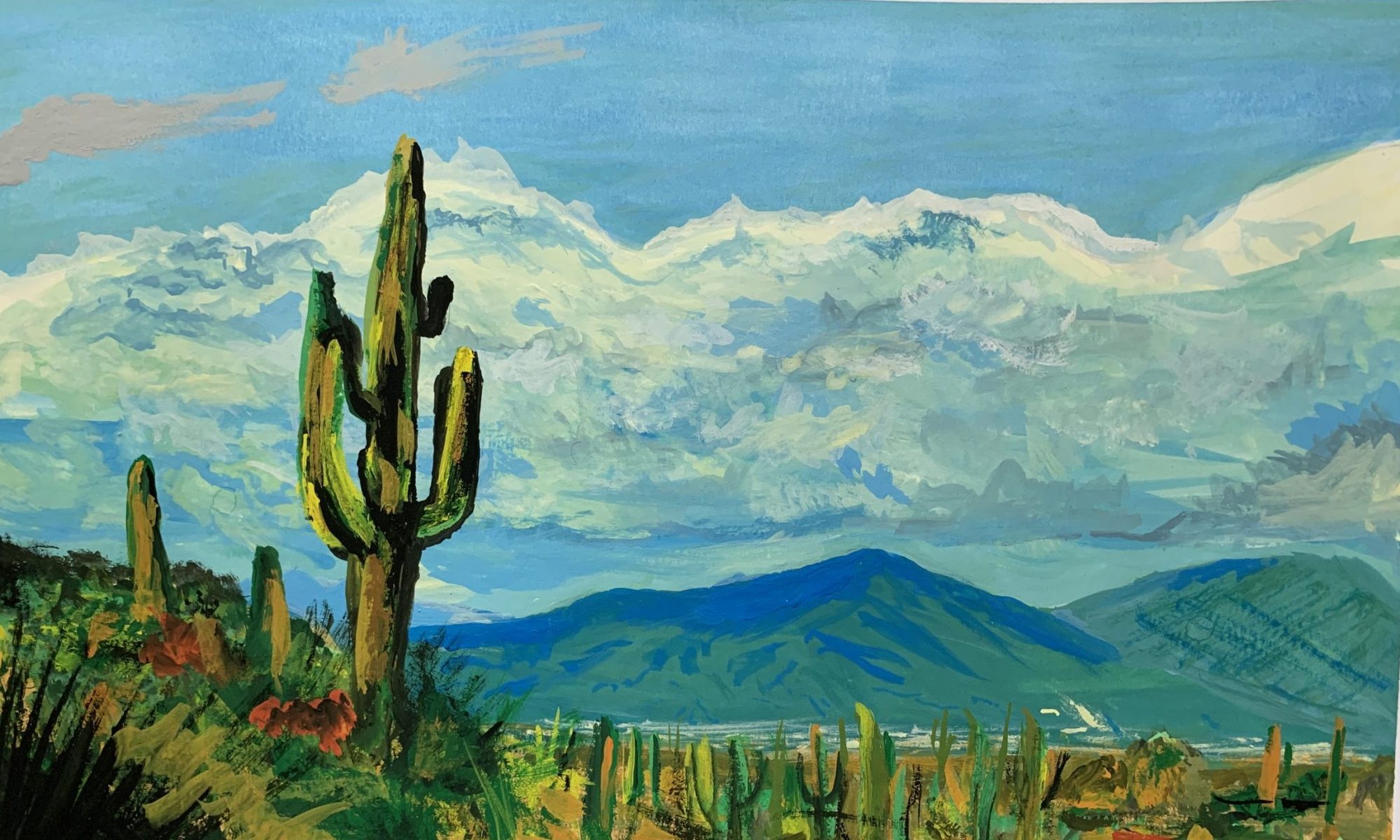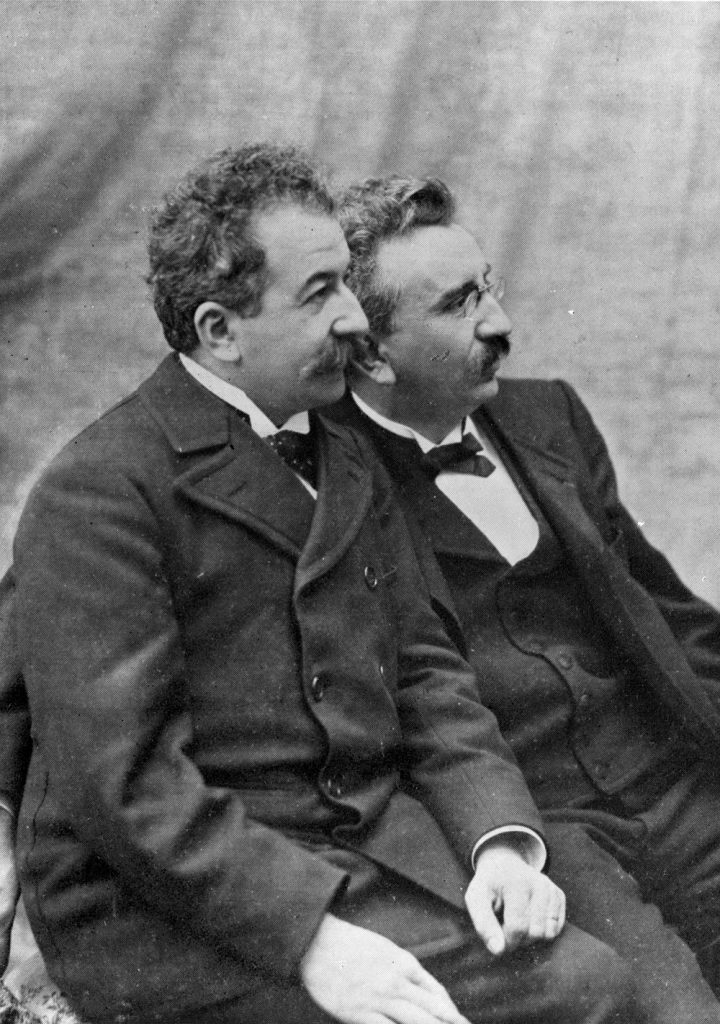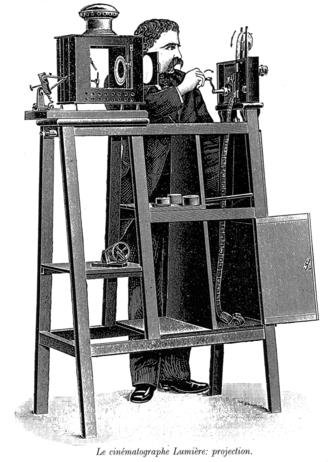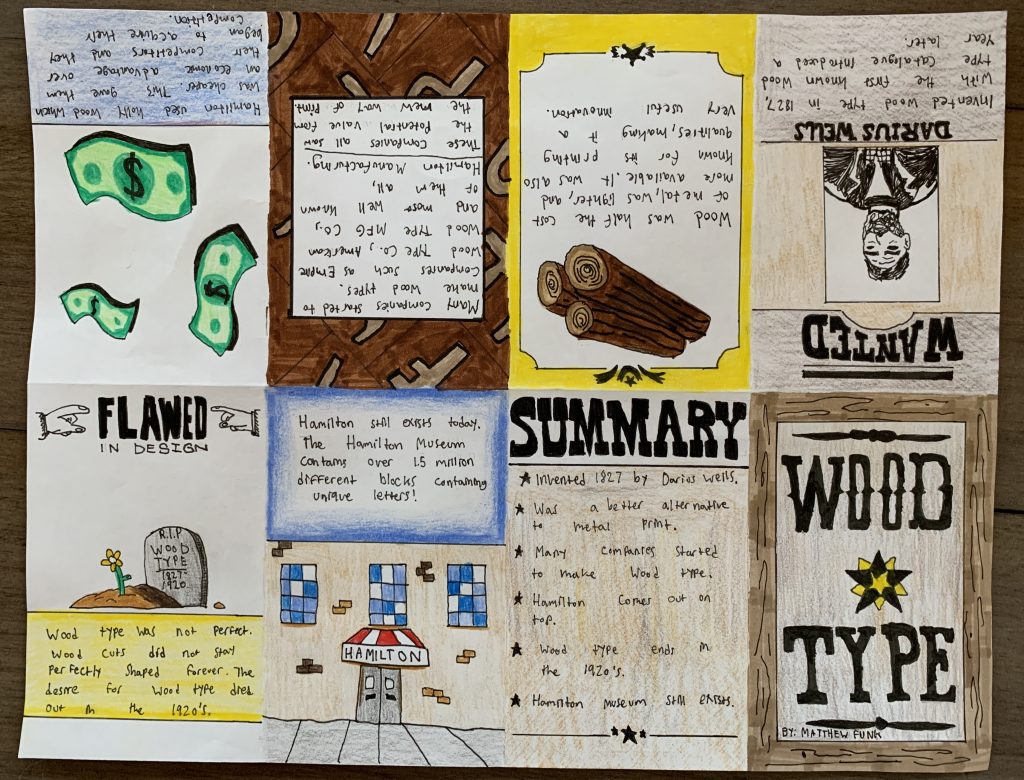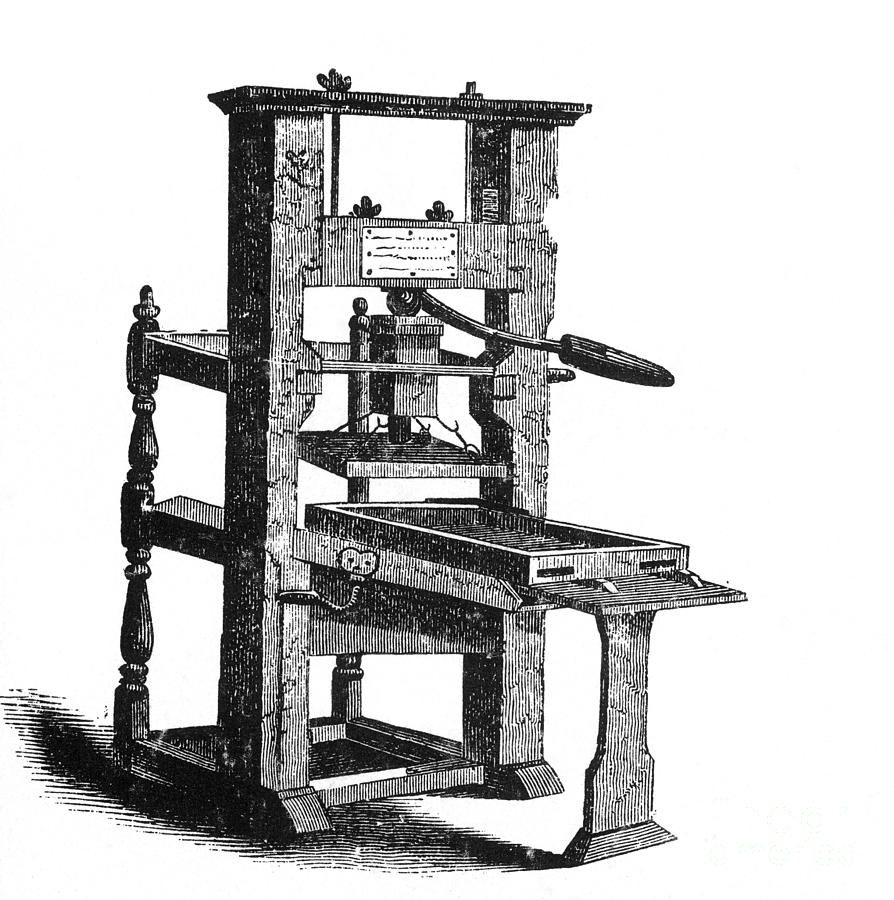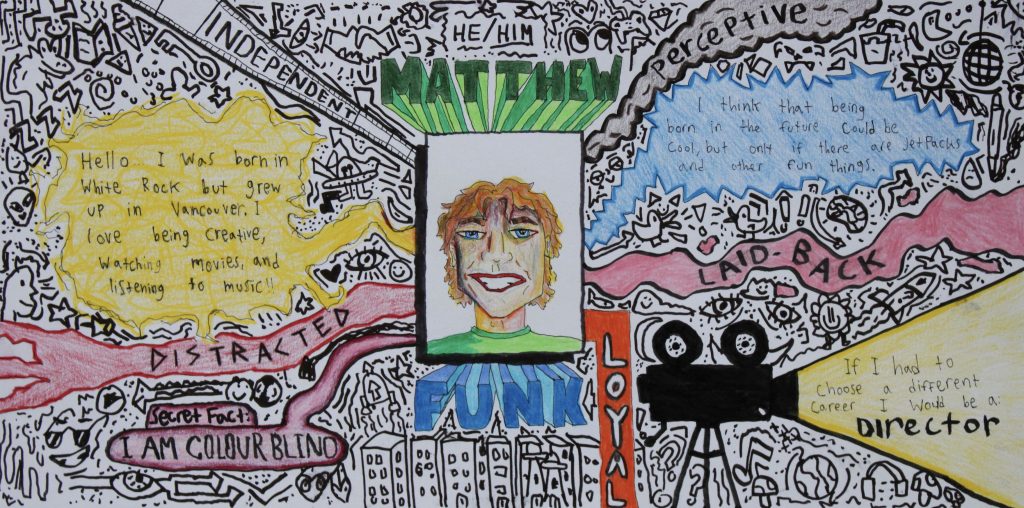
During my research for inspiration for this poster, I liked to look at the old posters that used type to create shapes as a visual. Because I knew that I would have to include a lot of information, I knew that my visual components would have to link the type information together. I chose the theme of shapes for a couple of reasons, the first is that It created a visually intriguing aspect to it. The second reason is that It allows me to use colour with an effective reason to include it. The last and most important reason is that a lot of typefaces are just a variety of shapes and lines to make a character, this is the reason the title is Shapes of Type. The title conveys the theme of shapes, as well that the shapes are relating to the various typefaces that I am researching and presenting on.
I would say that I was pretty successful in the execution of my poster design. The theme of shapes is pretty clear in the poster which I like, however, there are some things I wish I did a little differently. For example, the markers I used were a little streaky which makes the final product appear a little messy which is unfortunate. The writing I did also bled into the markers causing it to be a little less readable, so I think if I redid it again, I would try to write more carefully. Everything considered I would give myself an 8/10 taking off 2 marks for the streakiness of the markers and the readability level of the writing. I still worked really hard dedicating 10+ hours to this project which is why I gave myself the mark that I did.
Work Cited.
Haley, A., Tselentis, J., Poulin, R., Seddon, T., Leonidas, G., Saltz, I., . . . Alterman, T. (2012). Typography referenced: A comprehensive visual guide to the language, history, and practice of typography. Beverly: Rockport.
Bear, J. H. (2019, November 16). What Are the General Characteristics of Old Style Fonts? Retrieved from https://www.lifewire.com/old-style-typeface-1079103
